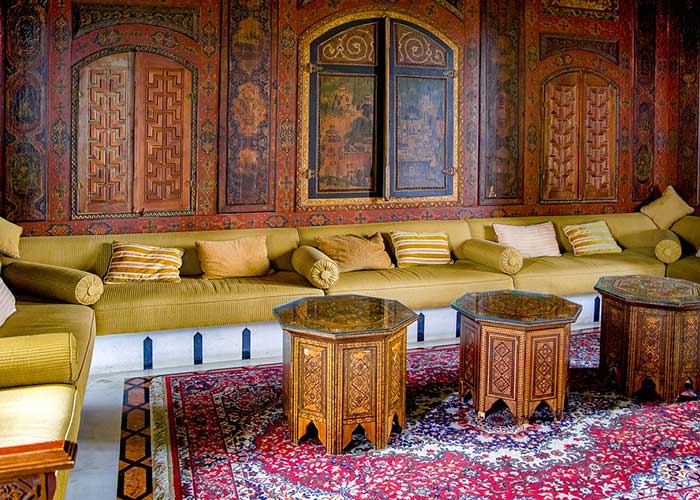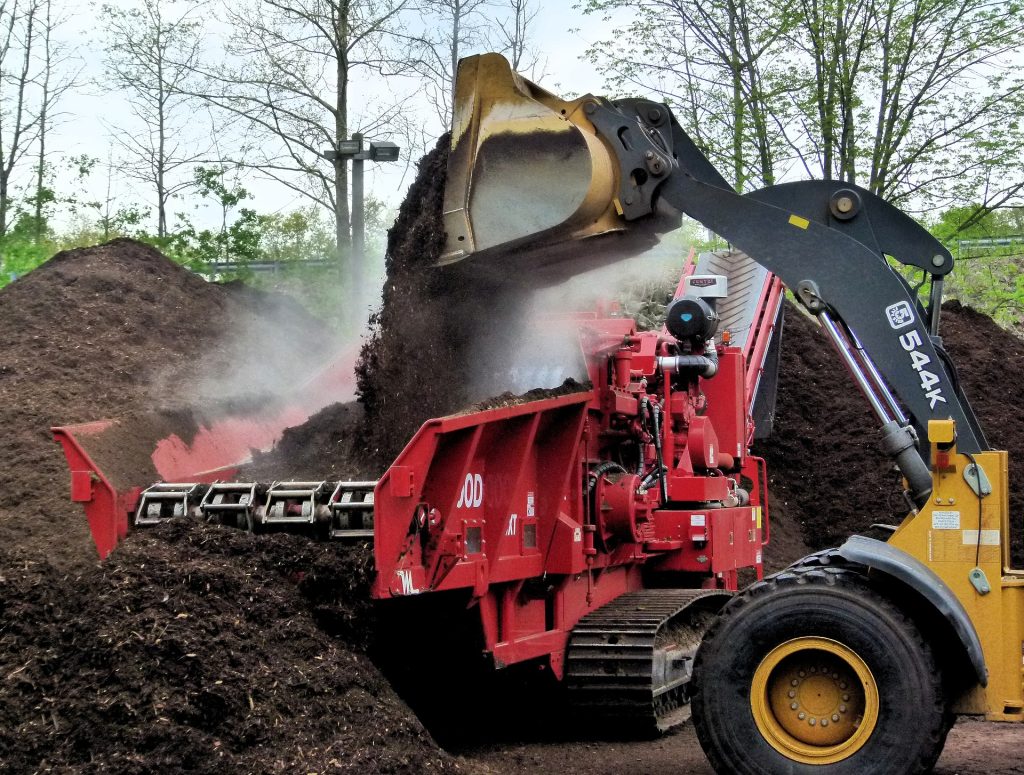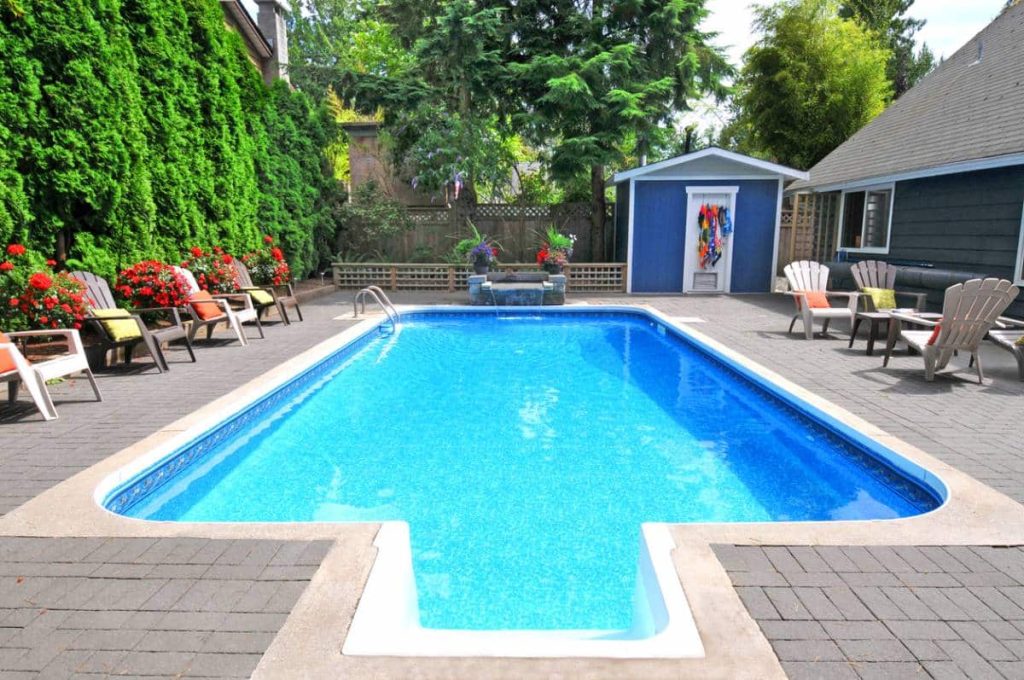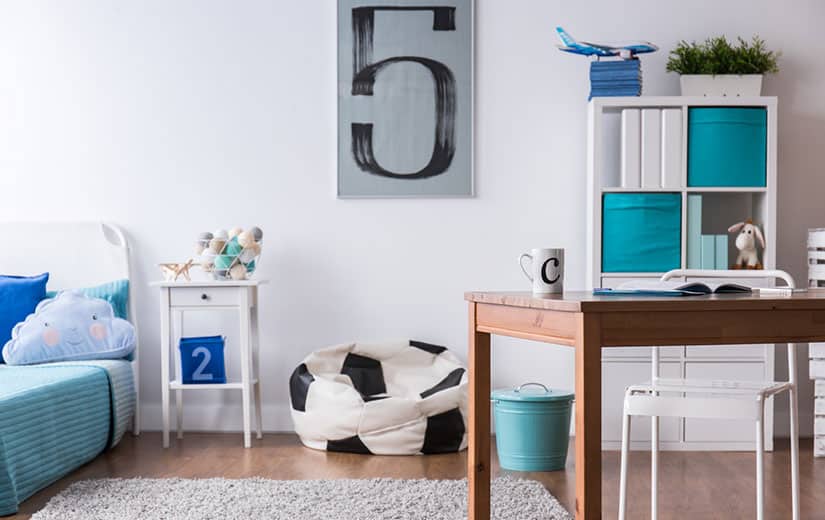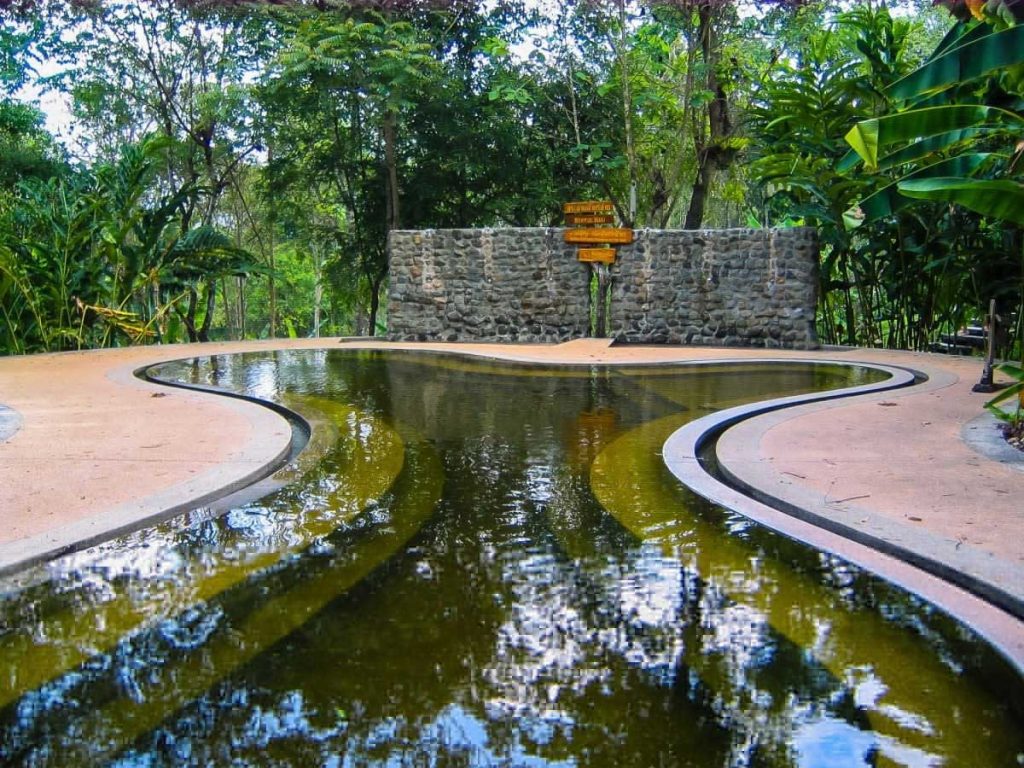Summary
History and origin
The story of the Boucharouite rug, also called boucharouette Or BoucherouiteEast singular. In the poorest Berber homes, women weave original carpets from old fabrics. These usually come from used textiles or rags. The clothes of the whole family are recovered and recycled. Moreover, the word « Boucharouite » means in Berber « pieces of rags ».
Moroccan Boucharouites rugs are made of various materials such as cotton and nylon. Berber Boucharouite rugs are more rarely woven in wool, or only for the creation of a sophisticated decor.
The fabrics that make up this patchwork rug are recycled and put together one by one. It is a tedious work entirely handmade. The Boucharouite rug is a unique piece. Impossible to find two identical copies. The Boucharouite Berber rug is the result of the creativity of the weaver. This handcrafted rug, like the Beni Ouarain, Azilal and Kilim rugs, is woven only by women. The artisanal manufacture of Berber carpets responds to an ancestral know-how. The loom is passed down from generation to generation, between mother and daughter. For millennia, the Berber secret has endured.
This traditional rug is a very personal creation. It reflects the emotions of the weaver, even if the Berber woman works completely spontaneously.
These « poor carpets », because of their negative connotation, were revealed late. It wasn’t until the late 2000s that the interior design world took notice of this handmade rug. Europe, the United States and Japan were the first to show interest in Boucharouite.
This patchwork rug is now very successful in the world of trendy decoration. These Berber rugs are unique pieces that lend authenticity to any interior.
The different sizes
Boucharouite is more common as a rectangular rug. It is available in different sizes, approximately 1m70 X 1meter. In general, Boucharouite rugs are smaller than Beni Ouarain.
The Boucharouite exists in small mats. The small formats, also called saddle pads, are framed on the wall. The Boucharouite Berber rug serves as a wall decoration.
Style and pattern
The Boucharouite rug is very colorful. It consists of different geometric patterns. The diamond has been a recurring figure in Berber carpets since the Neolithic period. It corresponds to femininity and protects against the evil eye. It is also very present in the large black and white Beni Ouarain rug.
The rectangle is also one of the most visible geometric shapes. It represents the house and the field. As in the Kilim rug, the zigzag holds an important place.
The colors of the Boucharouite rug are numerous. Red, a symbol of femininity, rubs shoulders with the color yellow, which represents man. Like a multicolored rug, the Boucharouite can contain white, blue, green… With all these shimmering colors, the Boucharouite rug is a must in modern decoration. It brings a touch of originality to a cozy space. These bright colors wake up any room a little too demure.
In a very paradoxical way, the carpet of the poor turns out in fact to be a real work of art. Arty, this Berber carpet harmonizes perfectly with a designer decoration. It fits easily into a modern Scandinavian-style interior. Thanks to its vibrant colors, it brings light and warmth to a room.
Its recovery and recycling side gives it a lot of character. Fans of bohemian chic interior design appreciate this vintage rug. This handmade rug has a few irregularities that add to its charm.
The Boucharouite rug is a popular work of art that is one of the jewels of Moroccan craftsmanship. This modern rug readily invites you to daydream.
Price
The Boucharouite rug is one of the cheapest handmade rugs. Its low price is explained by the material used. The rug is not made from natural materials like virgin wool rugs. The Beni Ouarain carpet, for example, woven with high quality sheep’s wool, is sold at a much higher price. Authentic Boucharouite rugs can be found from 350 euros. The price varies according to the size of the Boucharouite as well as its design.
The modesty of its price is worth to him to be courted by the young generations. They can find a designer rug at a lower cost. Today’s generations, fond of interior decoration, are proving to be followers of decorative trends and authenticity. The contemporary Boucharouite carpet corresponds perfectly to their aspirations.
The price varies according to the age of the handmade carpet. The more the Boucharouite shows signs of wear such as discoloration, the more valuable it acquires.
Conclusion
The artistic value of the Boucharouite rug is well established. Originally designed for utilitarian purposes, this Moroccan rug has become an object of art. Abstract shapes and colors go beyond decoration to touch the artistic universe. The patchwork rug reflects Berber culture, but also tribal and ethnic art.
Each of the picture rugs reveals a story, that of the Berber designer. But beyond a singular history, the Boucharouite rug has a certain universalism.
The Boucharouite rug has gone from the Moroccan souk to the museum. The Boucharouite Museum opened its doors in 2014. It is located in the heart of the medina of Marrakech. Dedicated to folk art, the site is particularly interested in patchwork rugs.
The museum exhibits Boucharouite carpets, but not only. The weavers behind the carpets left messages about their personal history and their way of life in the Berber tribe. This helps to better understand the composition of the Moroccan carpet. The museum strives to correlate the artist’s work and life. The artisanal manufacture of the Boucharouite rug is then considered an art in its own right.
Read also:
- The Azilal Rug
- The Beni Ouarain rug
